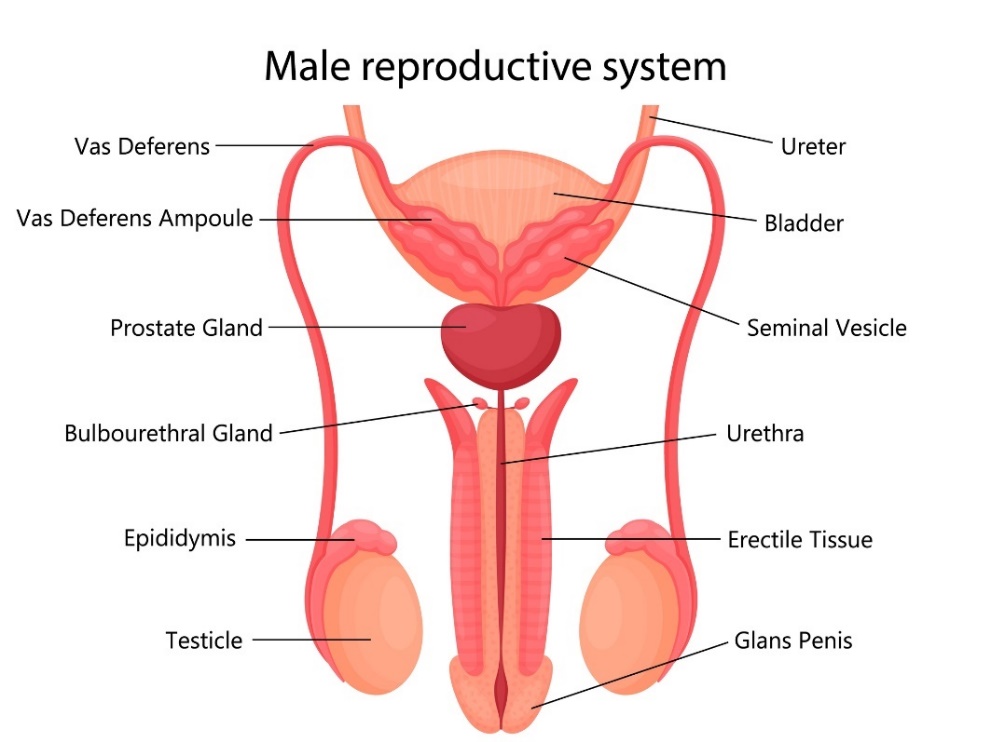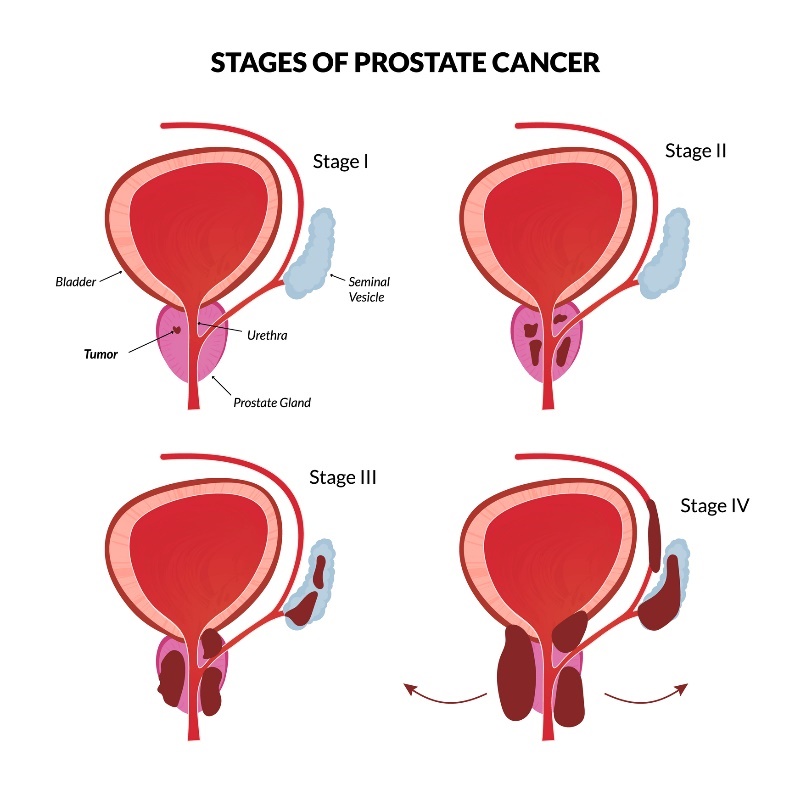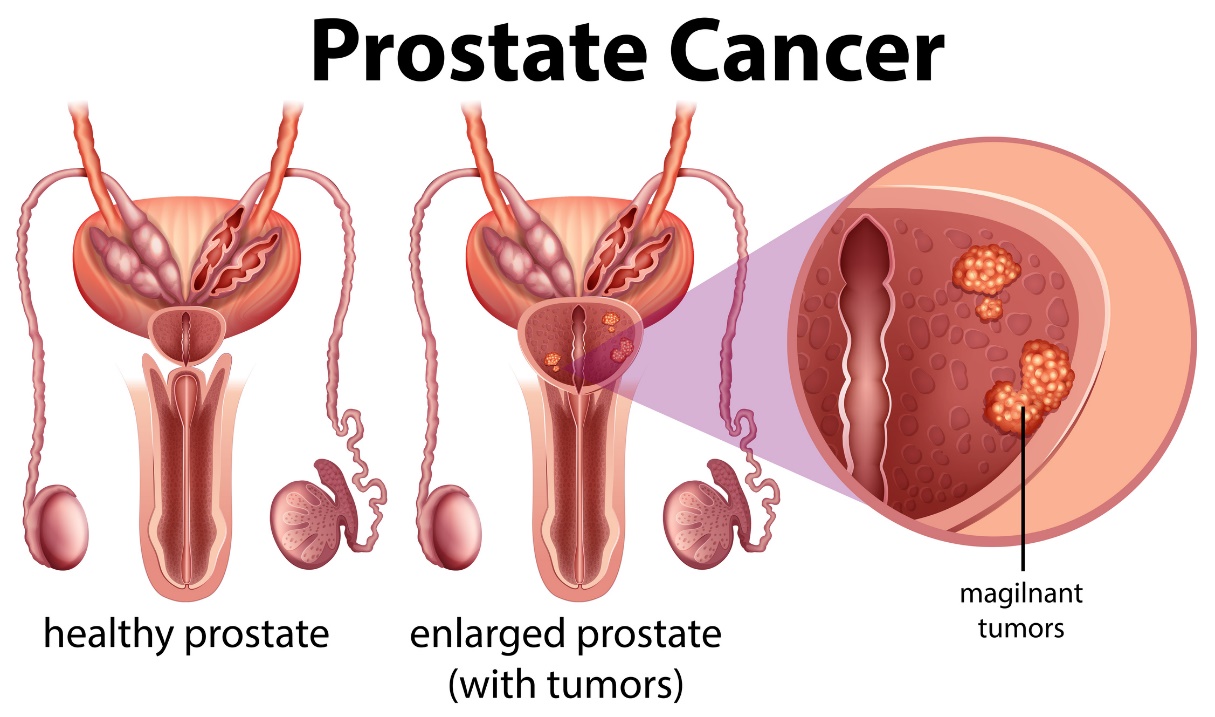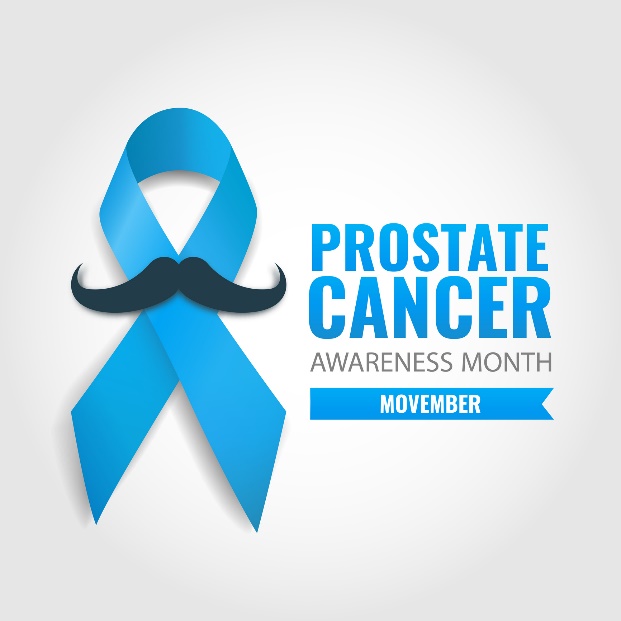- "Prostate Cancer Treatment (PDQ) – Health Professional Version". National Cancer Institute.
- "Prostate Cancer Treatment (PDQ) – Patient Version". National Cancer Institute.
- "Chapter 5.11". World Cancer Report. World Health Organization. 2014. ISBN 978-9283204299.
- "SEER Stat Fact Sheets: Prostate Cancer". NCI.
- Bray F, Ferlay J, Soerjomataram I, Siegel RL, Torre LA, Jemal A (November 2018). "Global cancer statistics 2018: GLOBOCAN estimates of incidence and mortality worldwide for 36 cancers in 185 countries". CA: A Cancer Journal for Clinicians. 68 (6): 394–424.
- "Prostate Cancer". National Cancer Institute.
- Ruddon RW (2007). Cancer biology (4th ed.). Oxford: Oxford University Press. p. 223. ISBN 978-0195175431.
- Sikora, Karol (September 1998). "Prostate cancer". World Health. 51 (5): 19–20. h
- Rebello, Richard J.; Oing, Christoph; Knudsen, Karen E.; Loeb, Stacy; Johnson, David C.; Reiter, Robert E.; Gillessen, Silke; Van der Kwast, Theodorus; Bristow, Robert G. (2021-02-04). "Prostate cancer". Nature Reviews Disease Primers. 7 (1): 9.
- Kalish, Leslie A.; McDougal, W. Scott; McKinlay, John B. (2000-11-01). "Family history and the risk of prostate cancer". Urology. 56 (5): 803–806.
- Koh KA, Sesso HD, Paffenbarger RS, Lee IM (December 2006). "Dairy products, calcium and prostate cancer risk". British Journal of Cancer. 95 (11): 1582–5.
- Caini S, Gandini S, Dudas M, Bremer V, Severi E, Gherasim A (August 2014). "Sexually transmitted infections and prostate cancer risk: a systematic review and meta-analysis". Cancer Epidemiology. 38 (4): 329–38.
- Lee MV, Katabathina VS, Bowerson ML, Mityul MI, Shetty AS, Elsayes KM, et al. (2016). "BRCA-associated Cancers: Role of Imaging in Screening, Diagnosis, and Management". Radiographics. 37 (4): 1005–1023.
- Catalona WJ (March 2018). "Prostate Cancer Screening". The Medical Clinics of North America. 102 (2): 199–214.
- Grossman DC, Curry SJ, Owens DK, Bibbins-Domingo K, Caughey AB, Davidson KW, et al. (May 2018). "Screening for Prostate Cancer: US Preventive Services Task Force Recommendation Statement". JAMA. 319 (18): 1901–1913.
- Cabarkapa S, Perera M, McGrath S, Lawrentschuk N (December 2016). "Prostate cancer screening with prostate-specific antigen: A guide to the guidelines". Prostate International. 4 (4): 125–129.
- Stratton J, Godwin M (June 2011). "The effect of supplemental vitamins and minerals on the development of prostate cancer: a systematic review and meta-analysis". Family Practice. 28 (3): 243–52
Prostate Cancer: Causes, Symptoms, Prognosis of Treatment
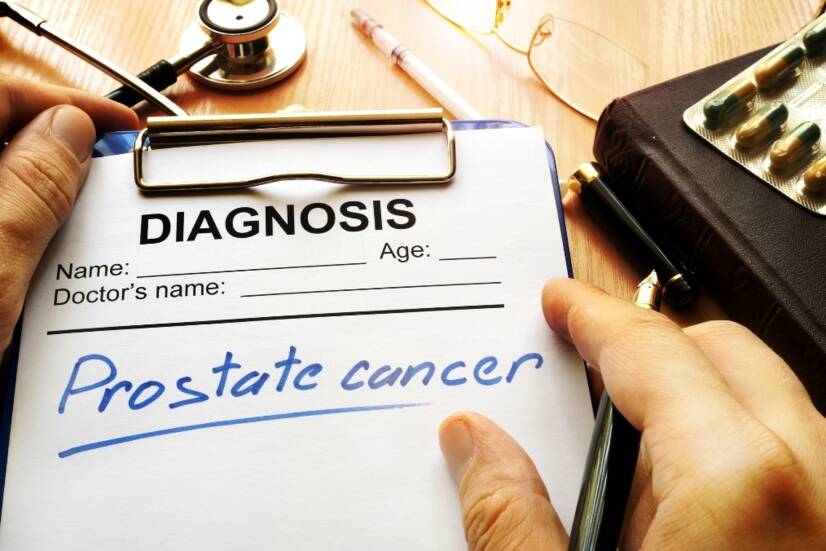
Photo source: Getty images
Most common symptoms
- Malaise
- Abdominal Pain
- Anal pain
- Urethral pain
- Lower Abdominal Pain
- Painful urination
- Back Pain
- Frequent urination
- Frequent urge to urinate
- Nausea
- Bone Pain
- Blood in the power
- Indigestion
- Erectile dysfunction
- Fatigue
- Vomiting
- Urinary retention - anuria/retentiveness
- Enlarged lymph nodes
Show more symptoms ᐯ
Prostate cancer treatment: surgical and oncological
Show moreProstate Cancer is treated by
Other names
Prostate Cancer
